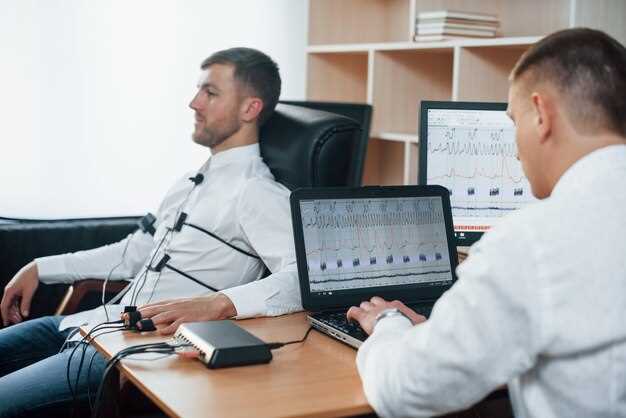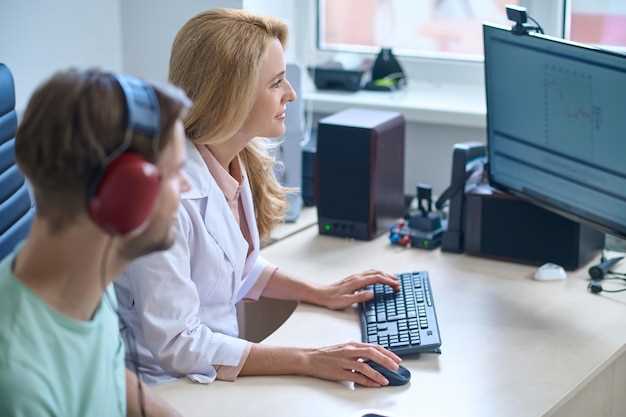
Are you taking Levothyroxine for thyroid condition? Monitoring your medication levels is crucial for maintaining optimal health. With our advanced monitoring services, you can ensure that your dosage is accurate and effective.
Don’t leave your health to chance. Take control with Levothyroxine monitoring today.
Benefits of Monitoring
Regular monitoring of levothyroxine levels can provide several benefits for patients with thyroid disorders. Here are some key advantages of monitoring:
- Optimizing Treatment: Monitoring helps healthcare providers adjust the dosage of levothyroxine to ensure that patients are receiving the right amount of medication to manage their condition effectively.
- Preventing Complications: Monitoring can help detect any potential issues or complications early on, allowing for timely intervention and prevention of adverse effects.
- Improving Quality of Life: By maintaining optimal levothyroxine levels, patients can experience improved energy levels, mood, and overall quality of life.
Frequency of Tests

Regular monitoring of levothyroxine levels is crucial for optimal management of hypothyroidism. The frequency of tests may vary depending on individual factors such as age, weight, and comorbid conditions. However, in general, the American Thyroid Association recommends checking thyroid-stimulating hormone (TSH) levels every 6-12 months.
In some cases, more frequent monitoring may be necessary, especially during dosage adjustments or when new medications are introduced that may interact with levothyroxine. It is important to work closely with your healthcare provider to determine the appropriate frequency of testing based on your specific needs.
Interpreting Results
When interpreting test results, it is essential to consider the reference range for TSH levels provided by the laboratory. High TSH levels indicate hypothyroidism, while low levels may suggest hyperthyroidism or overmedication with levothyroxine. Your healthcare provider will use these results to make informed decisions about your treatment plan.
| Test | Frequency |
|---|---|
| TSH levels | Every 6-12 months |
| Free T4 levels | As needed |
| Thyroid antibody tests | Periodically |
Monitoring Guidelines
Monitoring your levothyroxine levels is crucial for managing your thyroid condition effectively. Here are some guidelines to help you monitor your levothyroxine levels:
1. Regular Testing

It is recommended to have regular blood tests to check your levothyroxine levels. Your healthcare provider will advise you on the frequency of these tests based on your individual needs.
2. Follow-Up Appointments
After your blood tests, make sure to schedule follow-up appointments with your healthcare provider to discuss the results and any necessary adjustments to your levothyroxine dosage.
By following these monitoring guidelines, you can ensure that your levothyroxine levels are optimal for managing your thyroid condition effectively.
Role of Healthcare Providers
Healthcare providers play a vital role in monitoring levothyroxine therapy. They are responsible for prescribing the medication, monitoring its effectiveness, and adjusting the dosage as needed. Healthcare providers also educate patients about the importance of regular monitoring and the signs and symptoms of over- or under-dosage.
During monitoring, healthcare providers may order blood tests to assess the levels of thyroid hormones in the body. Based on the results, they can make informed decisions about adjusting the dosage of levothyroxine to ensure optimal thyroid hormone levels.
Healthcare providers work closely with patients to ensure that the treatment is effective and safe. They monitor for any potential side effects or complications that may arise from levothyroxine therapy. Healthcare providers also collaborate with other healthcare professionals, such as endocrinologists, to provide comprehensive care for patients with thyroid disorders.
